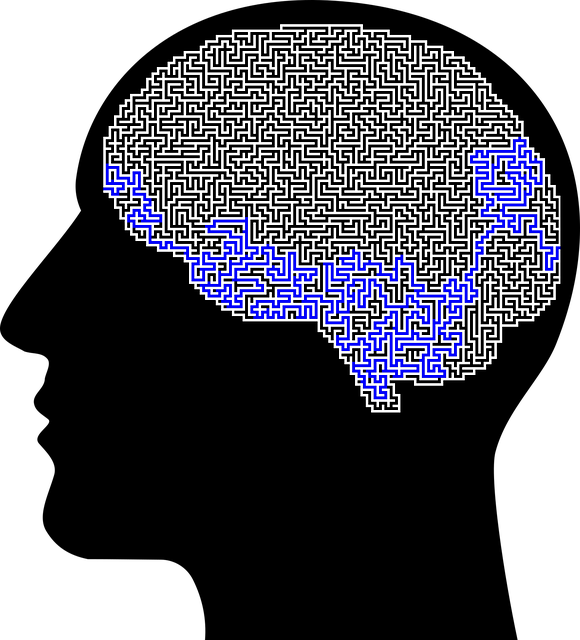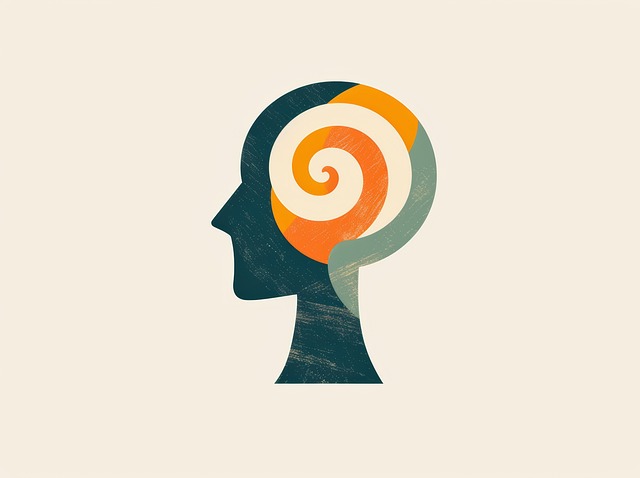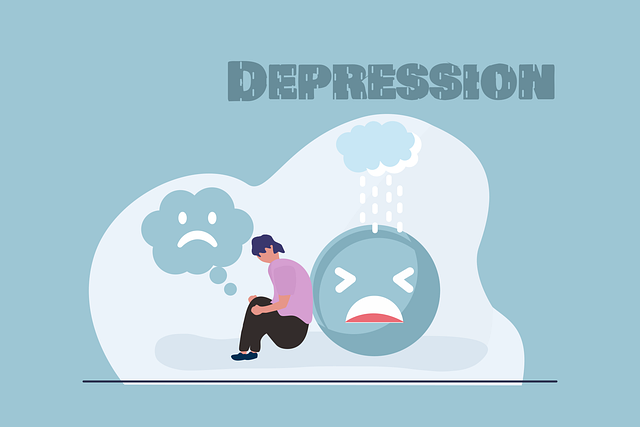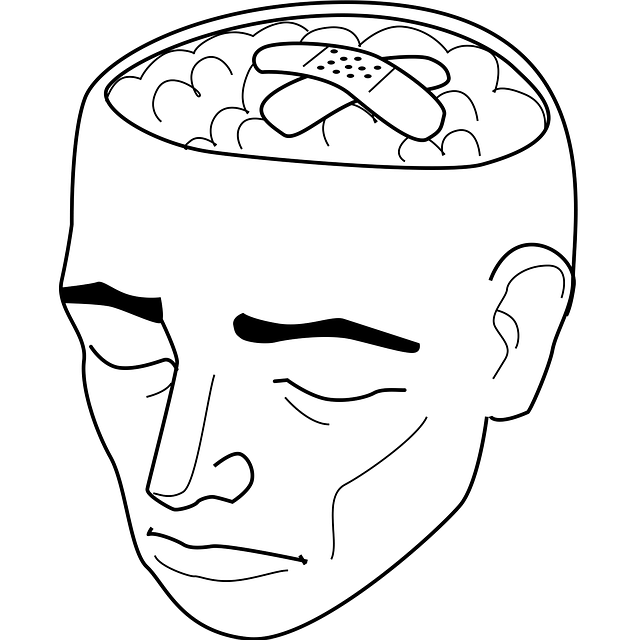Littleton Biofeedback Therapy prioritizes client safety and treatment effectiveness through comprehensive risk assessment and harm minimization planning. This process identifies potential hazards, such as adverse physical reactions or relapsing symptoms, by evaluating clients' histories, mental states, and triggers. Tailored strategies are implemented to address these risks, including self-esteem boosting techniques and emotional healing processes. Effective planning involves clear communication, emergency contacts, and ongoing support networks. The therapy focuses on developing strong coping skills, empowering individuals to manage stress and emotions independently through mindfulness, relaxation exercises, and cognitive reframing. Mental health education programs play a crucial role in risk assessment and harm minimization by educating clients about their conditions, treatment options, and self-care practices for lifelong mental wellness.
In the realm of Littleton Biofeedback Therapy, risk assessment and harm minimization planning are paramount for safe and effective treatment. This comprehensive guide delves into the intricate process of understanding risk assessment within the context of biofeedback therapy, highlighting key components crucial for minimizing potential harms. We explore practical strategies for implementing these plans, ensuring a secure environment for clients engaging in Littleton Biofeedback Therapy.
- Understanding Risk Assessment in Littleton Biofeedback Therapy
- Key Components of Harm Minimization Planning
- Implementing Strategies for Safe and Effective Practice
Understanding Risk Assessment in Littleton Biofeedback Therapy

In Littleton Biofeedback Therapy, risk assessment is a critical component designed to safeguard clients and ensure effective treatment outcomes. It involves meticulously evaluating various factors that could potentially impact an individual’s health or therapy experience. This process identifies hazards associated with mental illness, specifically in terms of stigma reduction efforts, and forms the basis for tailored interventions. By assessing risks, therapists can anticipate potential challenges and implement proactive strategies to minimize harm during and after sessions.
The assessment goes beyond identifying mere dangers; it fosters self-awareness exercises that empower clients to recognize and manage personal triggers. This proactive approach is particularly beneficial in trauma support services, where understanding past experiences and their impact is key to successful healing. Through rigorous risk assessment, Littleton Biofeedback Therapy aims to create a safe, supportive environment, enabling individuals to navigate their mental health journeys with confidence and reduced anxiety.
Key Components of Harm Minimization Planning

Harm minimization planning is a crucial aspect of risk assessment, particularly in therapeutic settings like Littleton Biofeedback Therapy. It involves a comprehensive strategy to anticipate and mitigate potential risks or harm that clients may experience during or after therapy sessions. The first step is to conduct a thorough risk assessment, identifying specific hazards such as adverse physical reactions, emotional distress, or relapsing symptoms. This requires professionals to evaluate the client’s history, current mental state, and potential triggers.
Once identified, these risks are addressed through tailored harm minimization strategies. For instance, for clients with a history of self-esteem issues, therapists might incorporate techniques aimed at boosting self-esteem improvement and emotional healing processes. In cases where depression prevention is a concern, proactive measures can be taken to monitor and support clients, ensuring their well-being both during and after therapy. Effective planning includes establishing clear communication channels, providing emergency contact information, and offering ongoing support networks to ensure client safety and promote positive outcomes.
Implementing Strategies for Safe and Effective Practice

Implementing strategies for safe and effective practice is paramount in any therapeutic setting, especially when considering sensitive areas like Littleton Biofeedback Therapy. This involves a multi-faceted approach to ensure both client safety and the efficacy of interventions. One key aspect is the development of robust coping skills, empowering individuals to manage stress and emotional challenges independently. By integrating techniques such as mindfulness, relaxation exercises, and cognitive reframing into therapy sessions, clients gain valuable tools to navigate life’s stressors.
Furthermore, mental health education programs design plays a pivotal role in risk assessment and harm minimization. Educating clients about mental health conditions, treatment options, and self-care routines fosters a deeper understanding of their well-being. Encouraging the adoption of self-care practices like regular exercise, balanced nutrition, and adequate sleep contributes to overall mental resilience. This holistic approach not only enhances the therapeutic experience but also equips individuals with lifelong coping mechanisms, ultimately supporting better mental health outcomes.
Littleton Biofeedback Therapy emphasizes a comprehensive approach to risk assessment and harm minimization, ensuring safe and effective treatment. By understanding key components like risk identification, evaluation, and implementing strategic mitigation plans, therapists can navigate potential challenges. Integrating these practices allows for a tailored and secure therapeutic environment, fostering positive outcomes for clients engaging in biofeedback therapy.














